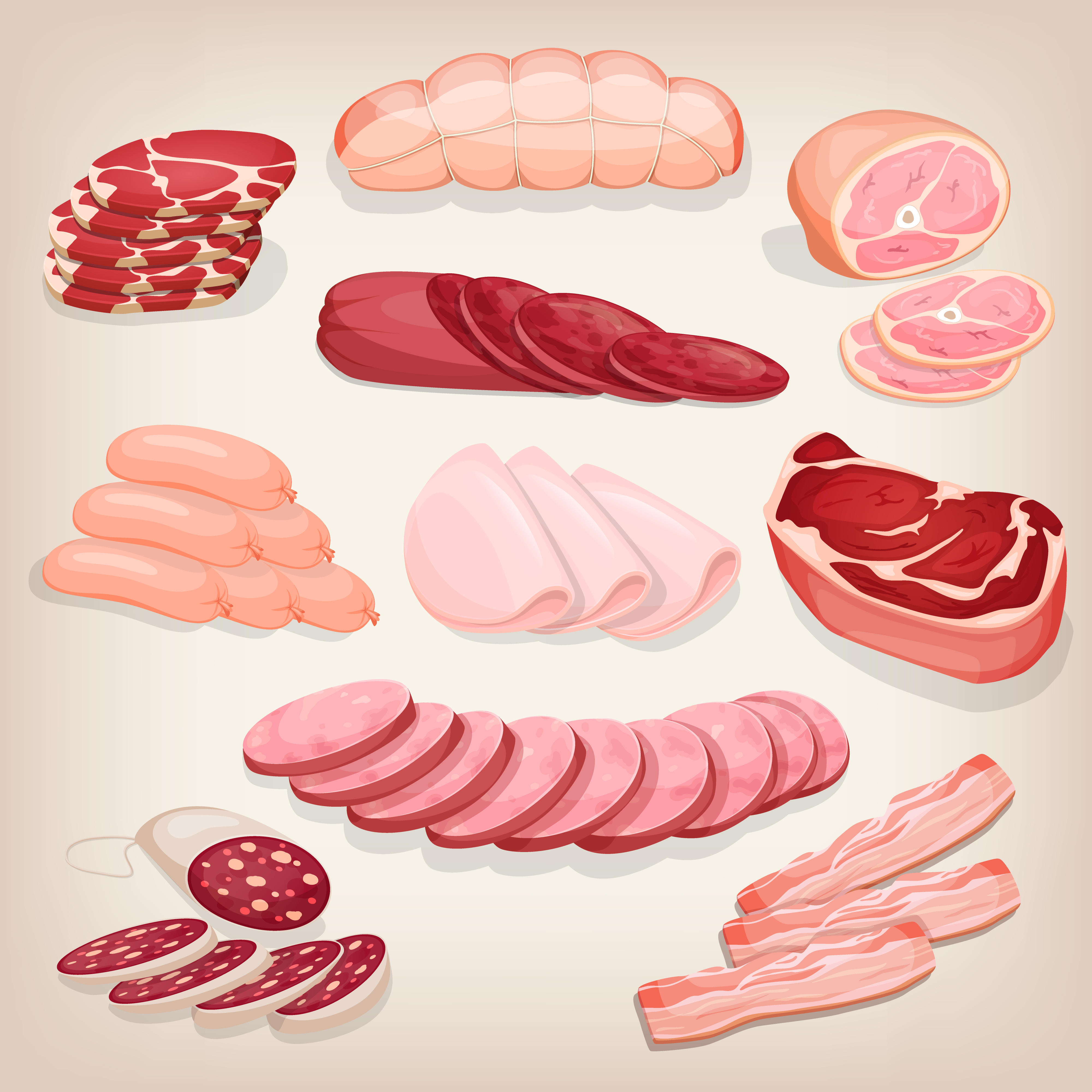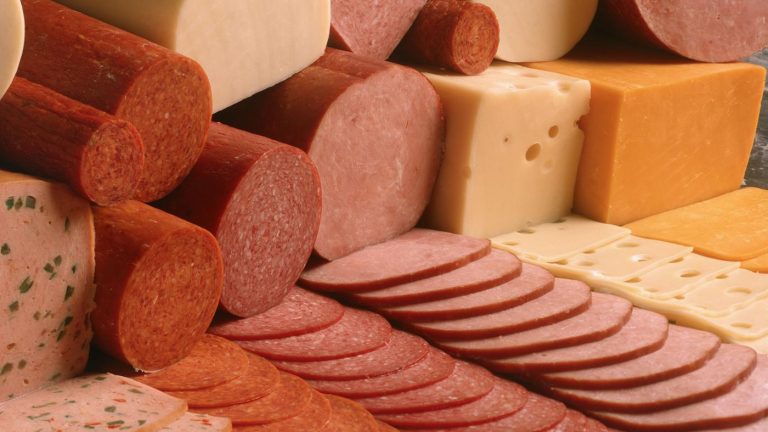Everyone who knows basic dietary rules realizes that increased supply of protein is a fundament for building muscles, their protection and better regeneration. Therefore, one could conclude without any doubt, that it is one of the first steps in changing our eating habits. Many people introduces to their diets simple and quick lunch meats. They are not expensive, do not require processing and are tasty for the majority of people, for example as an additive to bread. But is it really a good source of protein in our diet?
Composition vs price
In dairy products, different kinds of meat or even dietary supplements, price is not always an indicator of the quality of a given product. We may often find a cheap pasta, cheese or protein supplement, which are not different in quality from their more expensive counterparts. In case of lunch meats, the situation is totally different. In this case the price is one of the main indicators of the quality of the product. Unfortunately, we will not find a cheap and good-quality ham or sausage. Low price hides certain defects of a product, that we definitely should be careful about.
In general, the amount of meat used for the production is responsible for the quality of the product. It is easy to figure out that the larger the content of meat from which ham is produced, the better its quality. Among the products available on the market, a good quality sausage is produced from 140 g of meat per 100 g of the product. The list of ingredients of the product should be as short as possible - only essential additives, such as salt, natural spices and small amount of preservatives in the form of nitrates and nitrites. Unfortunately, adding preservatives is essential due to the durability of the product, safety of use and proper appearance. The reason is quite simple. Ham without nitrates will go off during 1-2 days. There will be a considerable risk of poisoning with botulinum toxin and the color of this ham in the form of dark-brown and unappetizing mass will deter the majority of clients

Conscious choice
It is worth considering, what is the cause of the fact that that producers are trying to sell as much water as possible in the product. Is it only cheating? Not entirely. To a large extent, what a producer makes and sells is determined by the demand for this product. The majority of clients decidedly pay most attention to the low price of the product, to its appearance and nice smell for a long time. Few of us would reach for a ham of unappetizing brown color, that could be off the next day and on top of that which would cost not 5 $, but 20 $ or more for one kilogram. The choice is therefore quite simple.
A conscious client should definitely read the labels of the products. A seller is obliged to provide us with a detailed composition of a products in a butcher’s shop and products in ready-made packaging are accompanied by a label. Do not be ashamed to ask about the composition of a product that our palate is worth.
Undesirable substances
Among the compounds that are contained in lunch meats that we should avoid there are:
- modified starch (emulsifier – the improvement of the structure of the product)
- soylecithin (emulsifier)
- gluten (unfortunately, it is not a good sign for people avoiding gluten – it is present in lunch meats)
- carrageenan, guar gum (hydrocolloids, the task of which is maintaining the structure and density of the product)
- mechanically separated meat, MSM (low quality remnants and meat waste)
- glucose
- antioxidant (often vitamin C)
- monosodium glutamate (the compounds improving the taste of the product)
- yeast extract
- phosphates (compounds keeping water in the product).
Not all of the above mentioned substances are dangerous to our health, especially in a small dose. However, especially monosodium glutamate and phosphates may be the cause of allergies.
Lunch meats, or cooked meats are the products subjected to smoking, which contain in its composition a dangerous compound, called benzopyrene. It is produced during burning wood, which provides meat with flavor and taste. Its unbeneficial influence on our organism results from its carcinogenic properties. Despite following the norms of its content by producers, i.e. 2 μg/kg of the product, it is worth bearing in mind the mere fact of its presence.
Summary
Lunch meats definitely have more disadvantages than advantages. Among the cons there are high price, low quality or the presence of dangerous substances. The advantages are, in turn, the lack of the necessity to use heat processing and taste (or the memory of the taste from the childhood). These are not products that are worth implementing for good to our diet, especially in larger amounts. However, as a small additive to a balanced diet – they will not do any harm.






